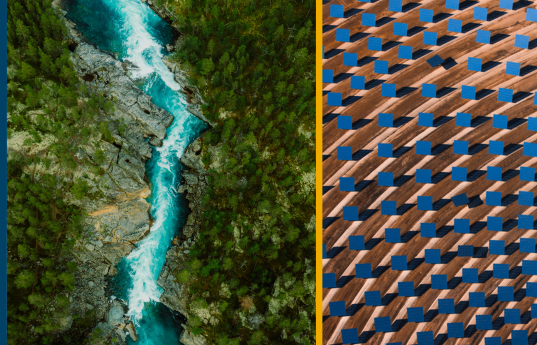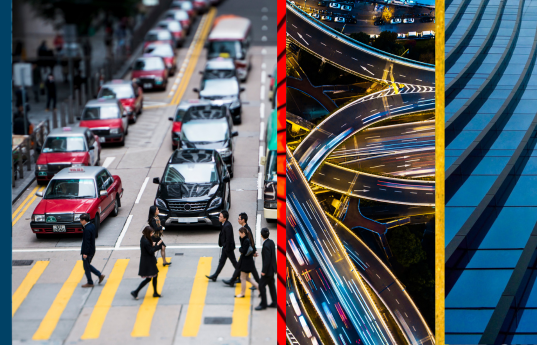2024年07月10日
The beauty sector is growing and glowing in Asia
North Asian countries already comprise the world’s largest markets for beauty and personal care products. China, Korea and Japan together represent 35% of the global market, with above average growth. China skyrocketed to become the industry leader in this region, but has witnessed a troubling market hangover in the last 12 months.
Asia Pacific’s luxury beauty segment – especially China – face the challenge of justifying high prices to increasingly sophisticated and discerning consumers, against a backdrop of economic uncertainty and rising quality and quantity of brands at more accessible price points. At the same time, younger women – and men – are spending more each year.
North America makes up 25% of the global market, while Europe makes up 20%. And those regions are increasingly looking to Asia for innovation and growth.
Asian beauty brands have recovered from the pandemic, and are jostling to find new, compelling ways to connect with consumers. Beauty influencers and DTC brands are both driving and adapting to buyer preferences.
In the past, people would buy beauty brands landed in China purely because they were ‘Made in France’ or ‘Made in Switzerland’. Suddenly now, Asian consumers are rediscovering and appreciating their own rich cultural backgrounds and ancient beauty practices.
This swelling national pride has encouraged new Chinese domestic labels to engage in premium-isation, to offer more interesting propositions, drawing on home advantage. Compared to international peers, they have innovated faster and shown themselves to be adaptable and responsive to local consumer trends. International brands are finding it increasingly hard to grow market share, unless they speak to local preferences.
L’Oréal remains the leading global beauty products company, with US$40bn in global sales, double the size of second-place Unilever. Rounding out the top five are Estée Lauder, P&G and the Japanese giant: Shiseido. All of these are fighting to find growth across Asia, although Estée’s big bets on China have mostly misfired.
Once the domain of Western beauty leaders, the cosmetics industry across Asia is now booming, at least outside China, blending Eastern and Western elements. Rising disposable income and evolving lifestyles drive this growth, marking the beauty industry as one of the most radiant and lucrative consumer segments.
BDA’s latest Insight report shows that:
- Skincare continues to be a dominant force in Asia
- Indian beauty is experiencing rapid growth, projected to reach US$33bn by 2027, with a CAGR of over 6%
- Thailand’s beauty industry is growing and bifurcating, with both mass and premium brands performing well
- Prominent Asian beauty companies are pursuing ambitious regional expansion across India, Thailand and Vietnam, accelerating expansion into secondary Asia Pacific markets
Younger emerging Western beauty leaders such as Kylie Cosmetics and Fenty Beauty are debuting in India, China and SE Asia to widen their consumer base.
The market is evolving and shifting fast. BDA is carefully monitoring these market dynamics, working on multiple transactions in the space. We’ve closed a number of exciting beauty transactions. We’re seeing strong dealflow. Let us know if we can help you.
Latest insights

2025年01月21日
Environmental services and waste management – expert interview with Howard...
BDA Partners advised IMM’s consortium on their successful US$1.6 billion...

2025年01月10日
Japan’s $230bn M&A boom will get even bigger: Jeff Acton quoted in...
Jeff Acton, Co-Head of Tokyo, BDA Partners, was quoted by Bloomberg. He...

2024年12月18日
“Asia private equity 2025 preview: exits and liquidity”; Euan Rellie...
BDA Managing Partner Euan Rellie spoke with MergerMarket about the year...

2024年12月12日
BDA’s Simon Kavanagh speaks to Bloomberg about Hong Kong’s...
Simon Kavanagh, Head of Industrials, BDA, was quoted in Bloomberg. Bloomberg...
